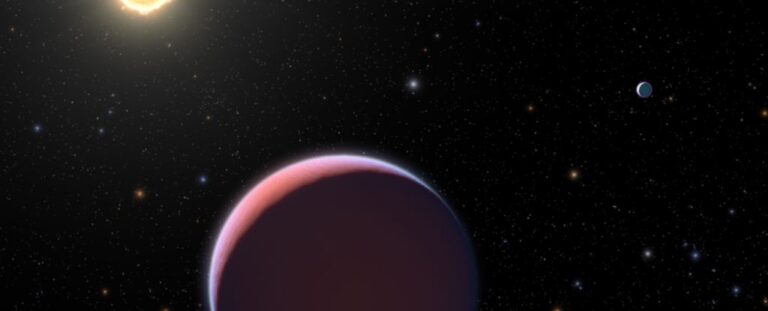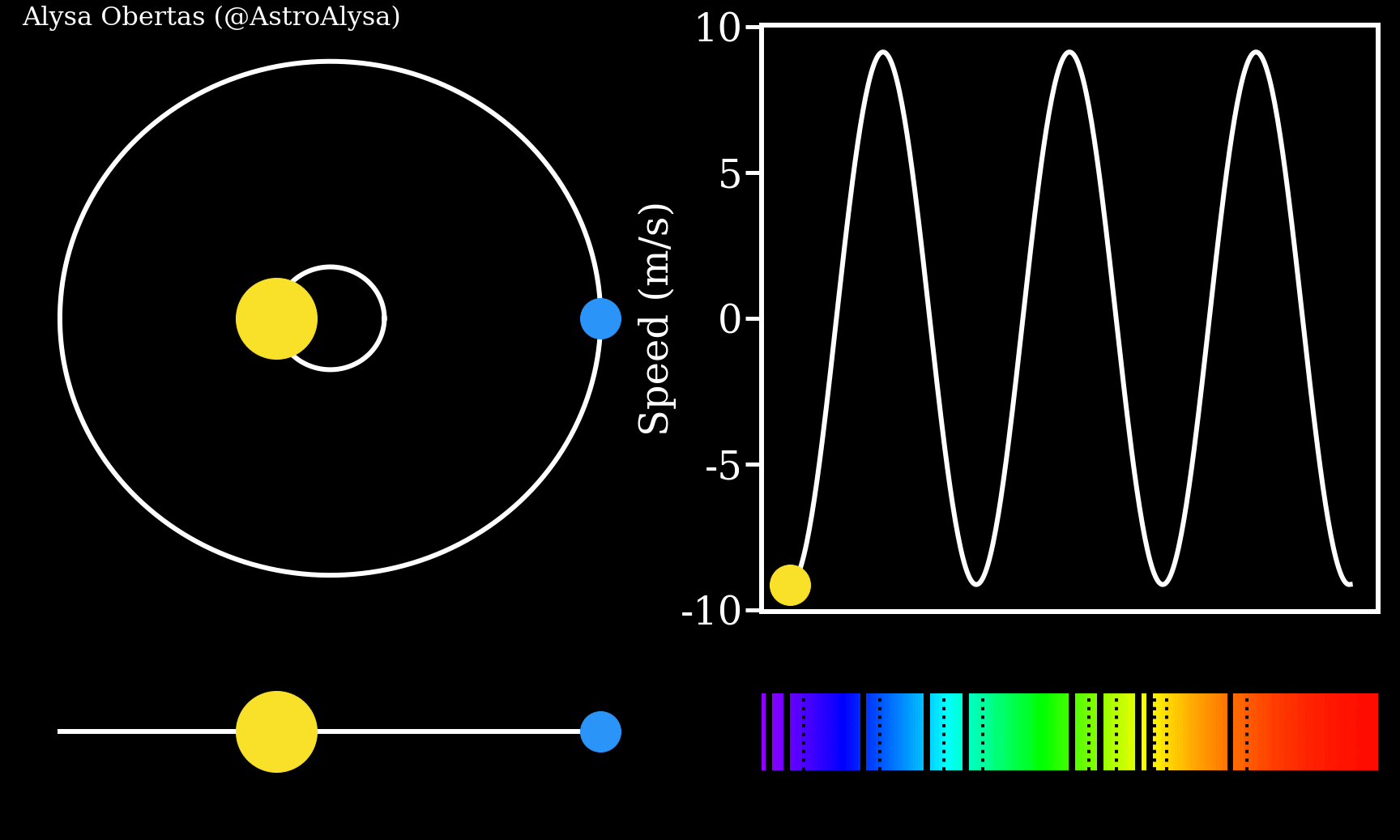Researchers have found a colossal planet that is as airy and delicate as cotton candy.
The discovery of an extrasolar planet at 1,232 light-years away from our planet, WASP-193b, is one more contribution with which the mysteries of the universe are becoming more and more related to the Earth inhabitants. Even though this exoplanet which is a stunning 50 percent bigger than Jupiter is so fluffy and made up of a low density material, its density during this phase is the same as cotton candy, which when handled by humans is quite mischievous. To be precise, it is even a bit flimer than Earth in terms of its level of density. It actually twins a fluffy dandelion puff-ball, imaginatively, if it were an existing planet in the ball.
Unique discoveries of the exoplanets like WASP-193b are not exactly new, although they are very unusual and rare. Nevertheless, their presence in the solar system is fruitful in the context of unveiling the tremendous aspects of planets evolution. This information we derive from the research of an international team of astronomers led by Khalid Barkaoui of the University of Liège, Belgium.
While Kepler-51d is the least dense planet discovered up to date, WASP-193b is the next on the list, coming in second place. Barkaoui said, “WASP-193b is actually the second least dense planet discovered to date, with Kepler-51b one being the least dense. ”What is less appreciated is its amazingly low density that distinguish it more than five thousand exoplanets found so far. The best models of coreless gas giants cannot also provide such a low density as it just makes these standard models actually unrealistic.

From beyond the solar system, the planetary systems became surprisingly diverse and pretty interesting to study. This not only helps us to put the system in which we are living into perspective, but also provides us with details about the planetary systems formation and their development.
Planets such as giant gases a few hundred thousand years of their origin are priceless in this, since our current theories about planetary formation imply that these objects must have been formed at some place, far from the stars and then migrated due to gravitational attraction. Moreover it, the stellar intensive irradiation is the reason why so many of these planets are getting smaller and smaller.
For example, WASP-193b can be considered which is approximately 6. 8 million miles from the sun in WASP-193 star system. Such a star, equally large in size and comparable in mass to our Sun, is rather young and has a temperature which is of the same magniture. But despite close orbiting distance (1. 3 AU) it completes one orbit around the sun within 6 hours. 25 days.
Barkaoui and his experts could measure planet’s radius and mass along with its movement in its parent star light’s changes during its passing in front of the star. As it is so closely situated astronomers give it a radius of about 1. On average packing a mass 46 times that of Jupiter WASP-193b is surprisingly scaled down to a tiny size that is equivalent of 0. The largest planet in the Jovian family is almost 140 times bigger than Jupiter.
The scientists use the data obtained to estimate the exoplanet’s density of 0. 0. 59 grams per cubic centimeter. Accordingly, the density of Earth is 5. 0. 786 g/cm3 is his density, while Jupiter’s density is 1. 33 g/cc or cloudy, which is expected with all liquid ingredients. Weirdly enough, cotton candy has a density of 0. 05 kg per cm3.
There has been quite a bit of interest in Ocean Planet 3. 0. Julien de Wit, a planetary scientist from the Massachusetts Institute of Technology, even remarked, “The planet’s weight is so minimal that it’s challenging to find a similar solid material. The resemblance to cotton candy is due to the fact that both are predominantly composed of air, making the planet exceptionally fluffy. “

Except for some that correspond to this density class, very little of the world´s fluff composition are known, and this knowledge is crucial in understanding the formation of such planets. A close look at a star is more likely to result in the enlargement of the atmosphere due to the existence of hydrogen and helium which are very common.
The WASP-193b kind of the planet could only perform those roles for a limited period of time, namely when the star is immature and hot. The extreme radiation and present of those stars can efficiently damage very thin atmosphere.
But this fact provides an obstacle because the estimated age of our sun is calculated to be around 6 billion years. The dominant mechanism for internal heating of a planet could have probably been responsible for the puffy atmosphere of WASP-193b, but the current evolution models of the planet cannot recreate the observed attributes successfully.
As was the case with the “WASP-193b”,”mysteries of that cosmic body will have to be unraveled through further observations and theories”, explains Barkaoui.
To our luck WASP-193b is outstandingly suitable laboratory for identification of atmosphere’s chemical composition of the planet. Certainly, the James Webb Space Telescope was conceived to offer such revelations; a single transit observation will already add to the understanding of the nature of this peculiar, ancient planet in the limitless expanses of the Universe.
The team’s paper has now been published in Nature Astronomy.
Do not forget to share your opinion with us to provide you with the best posts !




0 Comments